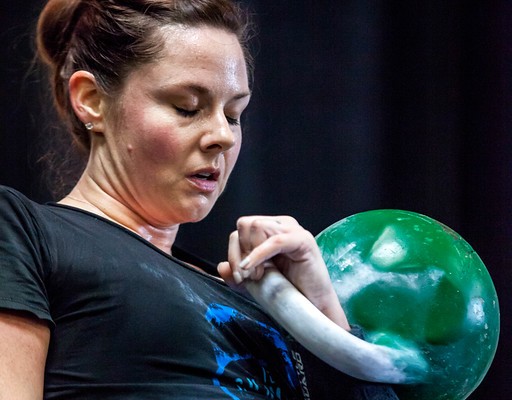
Ranks, Belts, & Kettlebell Sport
Ranks, Belts, & Kettlebell Sport
by Steven Khuong, CSCS
With the abundant emergence of varying kettlebell sport institutions around the globe, the topic of “ranks” is certain to cause confusion for those competitive lifters that wish to measure progress against a referential benchmark. How does an athlete determine his/her progress across a sea of others with similar ranks? Unlike popular professional sports where a “rank” actually denotes an athlete’s competitive standing against others playing a similar position (i.e. catcher in baseball, wide receiver in American football, wrestler, boxer, etc.), “ranks” in kettlebell sport are more akin to a “belt” in martial arts. A “master of sport” rank in this case is the equivalent of a black belt in martial arts.
To truly understand kettlebell sport ranks, we first have to appreciate how the system came about. The former Soviet Union developed a formal categorization across all competitive games (sports) to help identify players’ progress, incentivize high achievers, and ultimately to filter out the best in the nation. It is a singular national system designed to mainstream the cream of the crop. Earning a master of sport rank not only means that you are recognized by your government as an undisputed “somebody” in your sport, but the status comes with perks, including some financial rewards.
 In contrast, in the western world, kettlebell sport ranks are distributed by private organizations (for-profit as well as non-profit), each with their own definition of what constitutes a master of sport. To put this into context, a master of sport in the western world is an institutional expression of an internal promotion, no different than any martial art school promoting someone to black belt. There is no singular reference to measure the significance of this promotion– a “belt black” is a subjective rank. You can receive your black belt from the local McDojo or from the prestigious Kodokan.
In contrast, in the western world, kettlebell sport ranks are distributed by private organizations (for-profit as well as non-profit), each with their own definition of what constitutes a master of sport. To put this into context, a master of sport in the western world is an institutional expression of an internal promotion, no different than any martial art school promoting someone to black belt. There is no singular reference to measure the significance of this promotion– a “belt black” is a subjective rank. You can receive your black belt from the local McDojo or from the prestigious Kodokan.
For competitive kettlebell sport athletes who wish to measure their own progress within the sport, here are 3 things worth considering:
1) Discern how the ranking system of the kettlebell sport institution measures up against the most rigorous ranking systems in the world. At the current time, this would be the Russian Federation and the IUKL. Invest your time in the lineage in which you want to earn your ultimate rank.
2) Win. A rank is an expression of institutional promotion, winning is an expression of competitive prowess. Sport is about coming out on top among a select group of your peers. This is a quantitative approach for measuring progress. How well do you stack up against the best in your weight class, the best in the country, the best in the world?
3) Self-development. The best athletes are self-reflective about their goals. Learn from them. Your experiential process is just as important as the end result. In addition to your chosen rank system, set internal standards to hold yourself accountable and use them to determine your own progress. Did you improve your pendulum since the last comp? How was your breathing on your drop? Did you set a new PR? This qualitative process measures you against you!
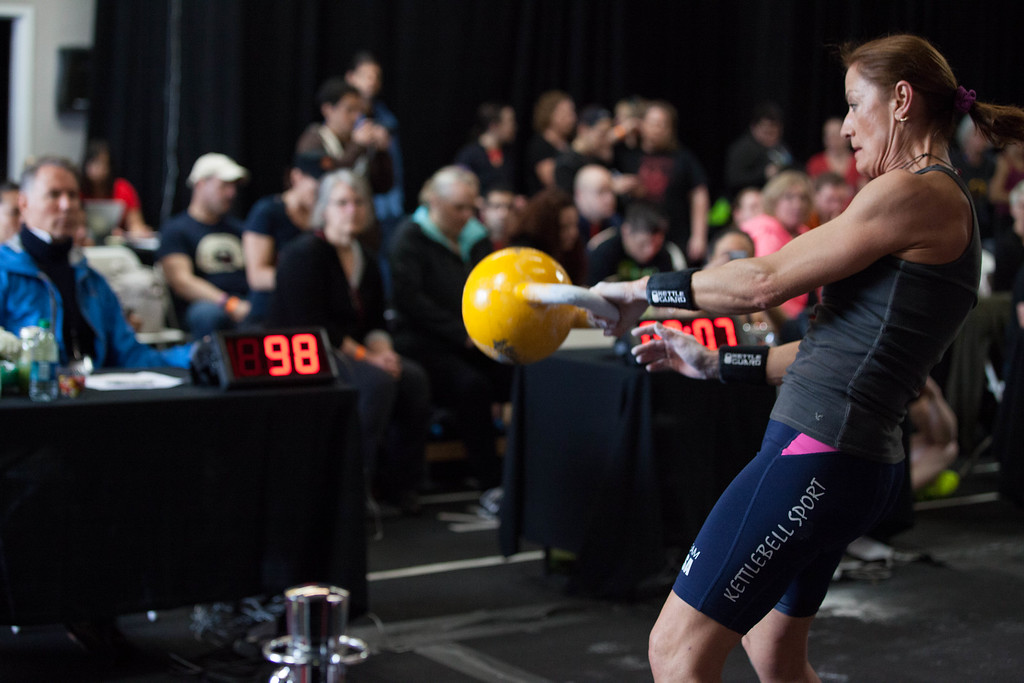
Ranks play an important role in kettlebell sport. They provide a context for us to determine our status in the sport. However, in the age of (mis) information overload, it can be extremely difficult to determine our true competitive standing against peers.
It is important to remember that ranks are only one piece of the larger puzzle. In the words of the first UFC champion, Royce Gracie, “A black belt only covers two inches of your ass. You have to cover the rest.”

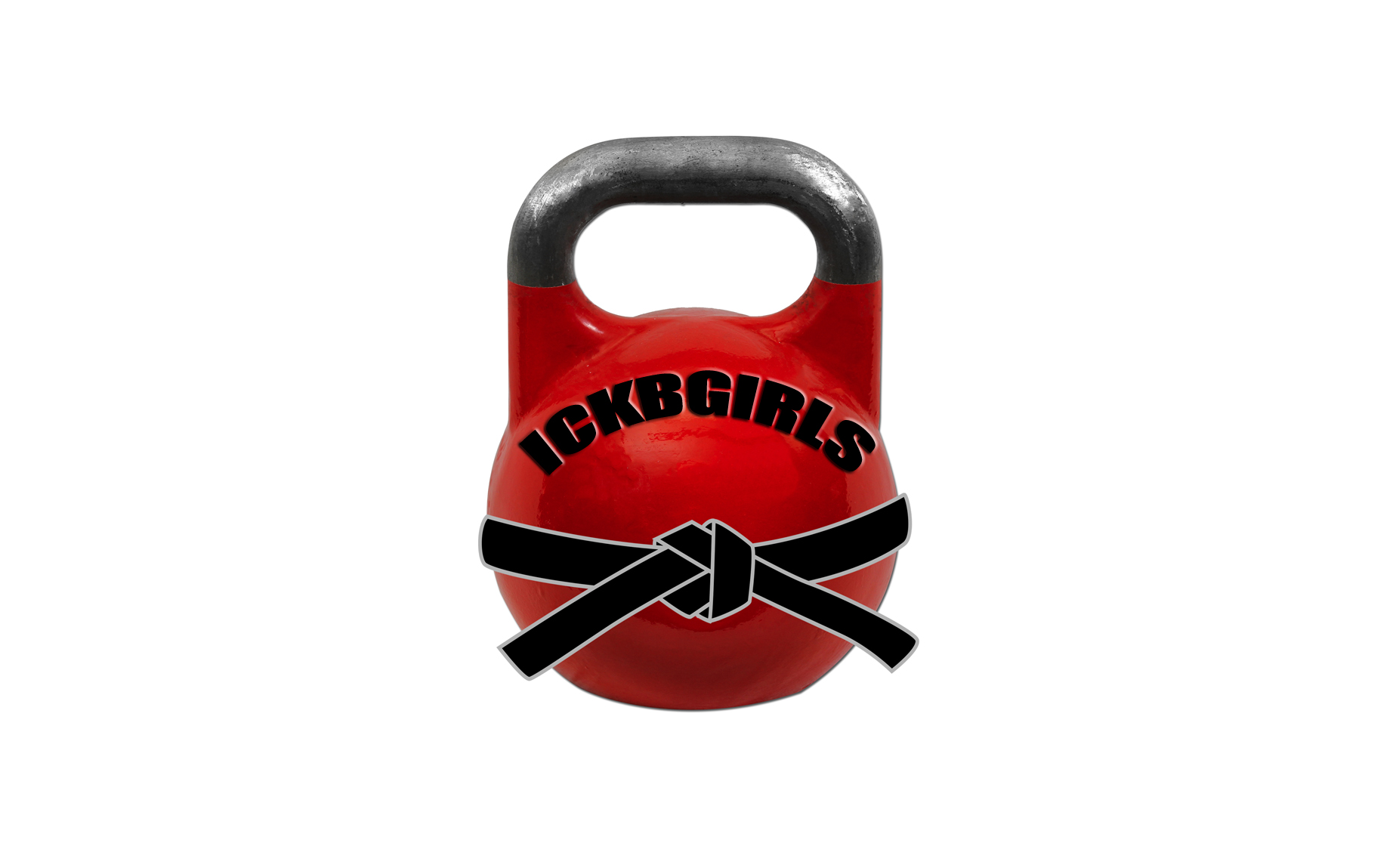
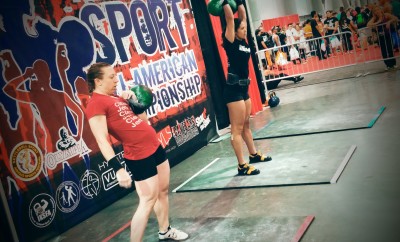
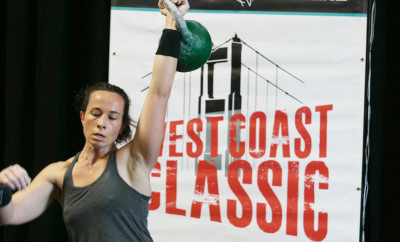
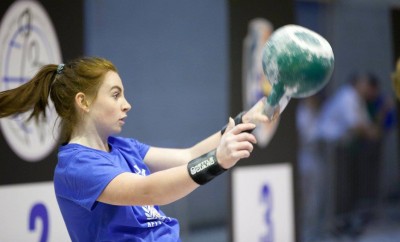



Pingback: Painful math… calculating intensity in kettlebell sport workouts | Kettlebell Fat Blast!!!